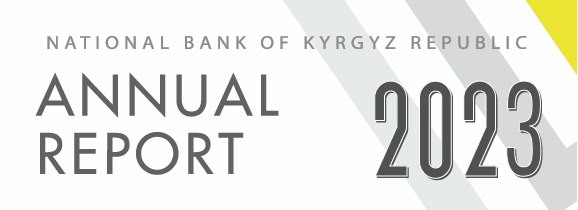NBKR Treasury Notes
(August 2008)
In August, the National Bank of the Kyrgyz Republic continued increasing the volume of weekly issuance of 14-day and 28-day notes; also it started to conduct tenders on the NBKR 7-days notes placement. However demand rate for 14-day and 28-day noted within this month as well as for 7-day notes in the first two weeks of August was lower than of announced emissions that affected their profitability increase. In the second half of August, the NBKR reduced the volume of 7-day notes issuance whereas the demand for them considerably grew, and their profitability by the end of the month decreased a little. In the segment of 91- and 182-day notes, the demand remained on the low level: 3 announced tenders on 91-day notes allocation and 1 tender on 182-day notes allocation were found to be aborted due to insufficient number of participants.
As a result, in general, the weighted average profitability of all types of notes constituted 11.6% increasing by 1.5 percentage points, including: profitability of 14-day notes increased by 2.2 percentage points and amounted to 11.4% and profitability of 28-day notes increased from 2.2 percentage points up to 13.4%.
The average weekly demand volume for NBKR notes constituted 478.9 million soms increasing by 23.9% whereas the average weekly sales volume increased by 16.0% and constituted 393.4 million soms.
By the end of August, the volume of the NBKR notes in circulation constituted 1161.4 million soms, increasing by 2.7% within a month. Herewith in the structure of the notes holders, the share of commercial banks reduced from 95.8 to 88.4% and the share of resident individuals reduced from 0.2% to 0.0%. At the same time, the share of resident legal entities increased from 3.4% to 10.7% and the share of institutional investors increased from 0.5% to 0.9%. The number of commercial banks holding NBKR notes decreased from 18 to 16 banks and the NBKR treasury notes portfolio concentrating index increased from 0.11 to 0.12 that testifies an average concentration rate and is equal to the presence of eight participants on the market with equal shares.









